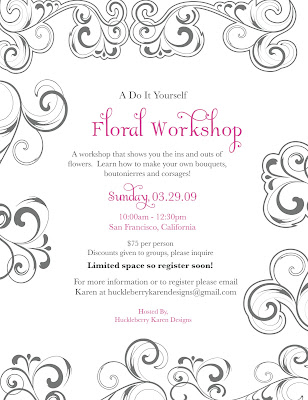I wanted to make a quick post before the long weekend with some quick Valentine's Day ideas. I've always loved Valentine's Day; one, because I love all things love, and two, it falls two days before my birthday, so I have always felt extra spoiled around this time of year. What I love most about Valentine's Day is that it can be whatever you make of it, it doesn't have to be what you feel you are supposed to do. Here are some fun ideas for those of you still pondering what to do:- Instead of doing a lavish prie fixe meal out, go to a wonderful late morning brunch and then to a museum. Spend the day together and just relish in the joy of having time with each other.
- Scour the internet for a new recipe to try for dinner, and make it together. Put on a favorite cd, light a fire, and eat on a blanket in front of it like you're on a picnic.
- Take a road trip to a fun place you may not have been together before. In the Bay Area, there are plenty of places; Half Moon Bay, Point Reyes, Monterey, Carmel, etc. Walk around the town, have a late lunch and enjoy the new sites.
- Take in a sporting event. One year I took my boyfriend to a Warriors game, he was beyond thrilled!
- Order the Book of Us, get some mini cheesecake bites, a lovely bottle of champagne and crawl into bed and fill out this book together. It will make you laugh, cry and remember all the things you felt when you first fell in love and why you're still together. It's a must have for any couple!
Whatever you do, make sure that you enjoy every minute of it, and not take things like the one you love for granted. Wishing you all a very lovely weekend!
Happy Planning,
kathryn
